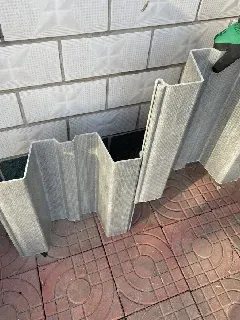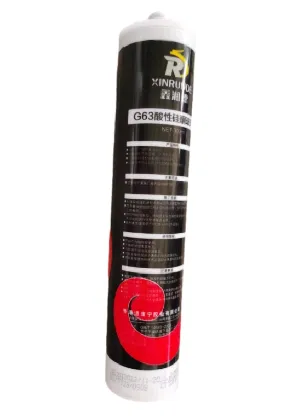loading...
- No. 9, Xingyuan South Street, Dongwaihuan Road, Zaoqiang County, Hengshui, Hebei, China
- admin@zjcomposites.com
- +86 15097380338
- Welcome to visit our website!
ജനു . 26, 2025 07:45
Back to list
Composite Food Grade Pressure Vessel With HDPE Inner For Water Filter
Exploring the Dynamics of FRP Rebar Pricing A Comprehensive Guide
Geographical factors significantly influence FRP rebar pricing. Regions with established manufacturing bases for FRP composites are likely to have competitive pricing due to reduced transportation and logistic expenses. Moreover, local demand and regulatory frameworks emphasizing sustainable and durable construction materials can drive up or stabilize prices. Price Sensitivity to Innovations Innovative developments in composite materials and cross-sector collaborations are pivotal in shaping the future pricing landscape of FRP rebar. Initiatives aimed at enhancing the recyclability and environmental footprint of FRP materials may alter the cost paradigm, offering potential cost benefits to early adopters. While FRP rebar’s upfront cost may seem higher, its durability and reduced need for replacements position it as a cost-effective solution in sectors focused on longevity and sustainability. Professionals operating within these domains should weigh these factors correspondingly and anticipate market shifts driven by continued advancements in composite technologies. Conclusion Strategic Procurement for FRP Rebar For professionals tasked with procurement decisions, adopting a comprehensive approach that considers the lifetime value and potential cost-savings of FRP rebar is crucial. Engaging with reputable suppliers who are transparent about their production processes and material sourcing enhances trustworthiness, thereby ensuring that any investment in FRP rebars not only meets project requirements but also aligns with long-term financial strategies. Understanding these dynamics equips industry stakeholders with the necessary expertise to navigate and capitalize on the evolving market landscape of FRP rebar, fostering sustainable construction practices for future-forward infrastructure projects.


Geographical factors significantly influence FRP rebar pricing. Regions with established manufacturing bases for FRP composites are likely to have competitive pricing due to reduced transportation and logistic expenses. Moreover, local demand and regulatory frameworks emphasizing sustainable and durable construction materials can drive up or stabilize prices. Price Sensitivity to Innovations Innovative developments in composite materials and cross-sector collaborations are pivotal in shaping the future pricing landscape of FRP rebar. Initiatives aimed at enhancing the recyclability and environmental footprint of FRP materials may alter the cost paradigm, offering potential cost benefits to early adopters. While FRP rebar’s upfront cost may seem higher, its durability and reduced need for replacements position it as a cost-effective solution in sectors focused on longevity and sustainability. Professionals operating within these domains should weigh these factors correspondingly and anticipate market shifts driven by continued advancements in composite technologies. Conclusion Strategic Procurement for FRP Rebar For professionals tasked with procurement decisions, adopting a comprehensive approach that considers the lifetime value and potential cost-savings of FRP rebar is crucial. Engaging with reputable suppliers who are transparent about their production processes and material sourcing enhances trustworthiness, thereby ensuring that any investment in FRP rebars not only meets project requirements but also aligns with long-term financial strategies. Understanding these dynamics equips industry stakeholders with the necessary expertise to navigate and capitalize on the evolving market landscape of FRP rebar, fostering sustainable construction practices for future-forward infrastructure projects.
Share
Latest news
-
The Rise of FRP Profiles: Strong, Lightweight, and Built to LastNewsJul.14,2025
-
SMC Panel Tanks: A Modern Water Storage Solution for All EnvironmentsNewsJul.14,2025
-
GRP Grating: A Modern Solution for Safe and Durable Access SystemsNewsJul.14,2025
-
Galvanized Steel Water Tanks: Durable, Reliable, and Ready for UseNewsJul.14,2025
-
FRP Mini Mesh Grating: The Safer, Smarter Flooring SolutionNewsJul.14,2025
-
Exploring FRP Vessels: Durable Solutions for Modern Fluid HandlingNewsJul.14,2025
-
GRP Structures: The Future of Lightweight, High-Performance EngineeringNewsJun.20,2025
